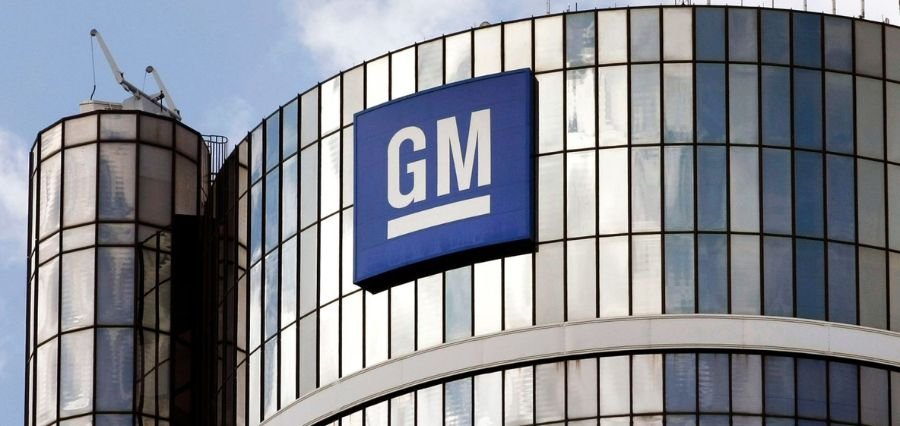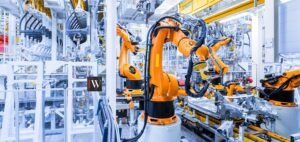Prime Highlights
- General Motors said Q2 profits decreased 35% because of costs related to tariffs.
- The automaker maintained its full-year profit guidance unchanged and increased U.S.-based manufacturing operations.
Key Fact
- GM posted a $1.1 billion loss that is solely attributed to U.S. import tariffs.
- The automaker is estimating a $4–$5 billion tariff expense in 2025 and is trying to reduce 30% of the expense.
Key Background
General Motors experienced net income fall in the second quarter of 2025, at 35% below previous year. The decline primarily stems from charges for tariffs of $1.1 billion from having cars and car parts imported to the United States. While disappointing, GM reiterated full-year adjusted earnings guidance, signifying long-term confidence in business plans.
Quarterly revenues fell slightly by 1.8% to $47.1 billion but surpassed analyst estimates. The tariff blow, however, struck operating income severely, particularly in North America, whose production costs ballooned due to foreign-made components. The firm also felt squeezed by further pressure on rising warranty costs from its electric vehicle business, brought about by pre-production glitches in the software.
To fight the rising tariff impact—estimated to cost the company approximately $4 to $5 billion this year—the automaker is hastening the process of production localization. It has invested over $4 billion in modernizing Michigan, Tennessee, and Kansas facilities. The move will see cars like Chevrolet Equinox and Blazer come back to US assembly lines and introduce 300,000 units of local production by 2027.
GM executives view shifting production as an on-ramp to stability to come. With relocating production and realigning operating expense, the manufacturer views its strategy as offsetting at least 30% of the cost of the 2025 tariffs. CFO Paul Jacobson stated that even when Q3 is soft, long-term profit margins could rebound with new domestic plants going into production. CEO Mary Barra insisted on unwavering focus on electric vehicle technology as well as clever cost management, citing a balanced vision in the face of a volatile trade environment.







